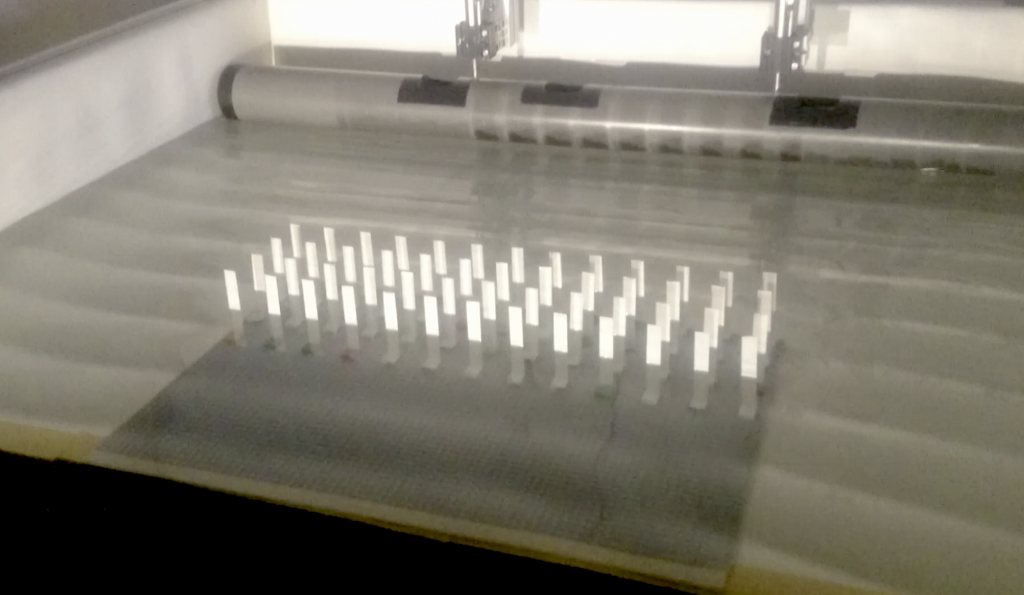PhD defense on October 1st, 2018, 2:30pm, at the PMMH meeting room (Sorbonne Université, Barre Cassan, Bât. A 1er Étage, 7 Quai Saint Bernard, 75005 Paris).
Converting wave energy from fluid–elasticity interactions
 Understanding the mechanisms involved in wave-structure interactions is of high interest for the development of efficient wave energy harvesters as well as for coastal management. In this thesis, we study the interactions of surface waves with a model array of slender flexible structures, in view of developing an efficient system for both attenuating and harvesting wave energy. The presented results are based around experimental investigations, by means of small scale facilities, in which the spatial arrangement of the flexible objects is the key parameter of Continue reading “Clotilde Nové-Josserand’s PhD defense. Converting wave energy from fluid–elasticity interactions”
Understanding the mechanisms involved in wave-structure interactions is of high interest for the development of efficient wave energy harvesters as well as for coastal management. In this thesis, we study the interactions of surface waves with a model array of slender flexible structures, in view of developing an efficient system for both attenuating and harvesting wave energy. The presented results are based around experimental investigations, by means of small scale facilities, in which the spatial arrangement of the flexible objects is the key parameter of Continue reading “Clotilde Nové-Josserand’s PhD defense. Converting wave energy from fluid–elasticity interactions”

